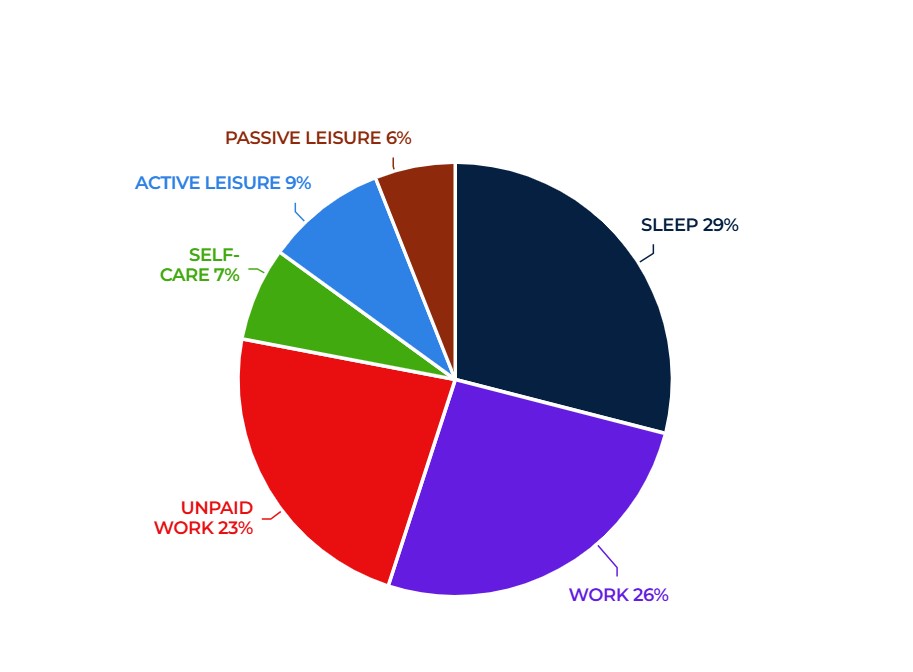-
-
- Advancement of the Professions Committee
- Standards Committee
- Audit and Risk Committee
- Education Committee
- Disciplinary Committee
- Charter Case Committee
- Preliminary Investigation Committee and Disciplinary Committee Liaison Committee
- Registration Committee
- Preliminary Investigation Committee
- Paper classification: some definitions
-
-
-
-
- About extra-mural studies (EMS)
- EMS requirements
- Information for vet students
- Information for EMS providers
- Information for vet schools
- Temporary EMS requirements
- Practice by students - regulations
- Health and safety on EMS placements
- EMS contacts and further guidance
- Extra-mural studies fit for the future
-
-
- Code of Professional Conduct for Veterinary Surgeons
- Code of Professional Conduct for Veterinary Nurses
- Contact the Advice Team
- XL Bully dog ban
- 'Under care' - guidance
- Advice on Schedule 3
- Controlled Drugs Guidance – A to Z
- Dealing with Difficult Situations webinar recordings
- FAQs – Common medicines pitfalls
- FAQs – Routine veterinary practice and clinical veterinary research
- FAQs – Advertising of practice names
- GDPR – RCVS information and Q&As
-
- Accrediting veterinary degrees
- Accrediting veterinary nursing qualifications
- Reasonable adjustments for student vets
- Health and disability in veterinary medicine study and practice
- The role of the veterinary schools and the RCVS
- Reasonable adjustments and the Equality Act 2010
- Reasonable adjustments and Day One Competences
- Examples of reasonable adjustments for vet students
- Annex
- Reasonable adjustments for student vets - summary
- Reasonable adjustments for student veterinary nurses
- Health and disability in veterinary nurse education and training
- Reasonable adjustments for students and the UK disability discrimination legislation
- Educational assessment of veterinary nurses
- Roles of key stakeholders in the application of reasonable adjustments
- Examples of reasonable adjustments for vet nurse students
- Embracing reasonable adjustments for student vet nurses - summary
- External review of the RCVS by ENQA
- Requirements for remote and online student assessments
Achieving occupational balance
Occupational balance is about having the right mix of daily activities that suit your life. Occupational therapists recognise this balance as key to improving wellbeing and overall quality of life. When work takes over and there’s little time for rest or enjoyment, it can lead to stress, burnout and poor health. 
On this page
- What is occupational balance?
- How occupational therapists support balance
- Occupational balance and rehabilitation
- Evaluate your occupational balance
- References
- Further information
What is occupational balance?
Occupational balance is achieved when an individual experiences the right number of occupations and the right variation between those occupations.
Occupational therapists advocate that better wellbeing and quality of life is experienced when there is occupational balance. Too much work and not enough time to engage in meaningful leisure activities and interests creates an imbalance, which may result in ill health. People with stress-related disorders or depression often experience occupational imbalance.
How occupational therapists support balance
Occupational therapists work with people to:
- Evaluate their occupational balance
- Encourage them to value and make time for enjoyable, meaningful activities
- Support lifestyle changes that allow for engagement in a variety of meaningful occupations
Studies show that taking breaks from demanding activities and engaging in enjoyable ones are essential to managing everyday stressors (Hakansson & Sonn, 2006; Sonnentag & Zijlstra, 2006; Van Hooff, 2007).
Occupational balance and rehabilitation
A 2010 qualitative study in a Swedish vocational rehabilitation clinic explored how people with stress-related disorders regain occupational balance in their everyday life.
Participants often reported focusing almost solely on work and on meeting the needs of others, while neglecting occupations that contributed to their own wellbeing and recovery (Eriksson et al., 2010).
The rehabilitation programme helped participants re-evaluate their occupations. By engaging in activities such as gardening during rehabilitation, individuals began to appreciate the value of these occupations, which empowered them to implement meaningful changes after rehabilitation. A key point here is 'doing' - where the participants' actual engagement in an activity enabled them to appreciate the benefits, which in turn motivated them to reintroduce enjoyable occupations into their lives.
Evaluate your occupational balance
Occupational balance means having time for what you want to do, balanced with what you need to do for health and emotional wellbeing.
Signs of occupational imbalance include:
- Your 'to-do' list never seems done
- Constantly feeling busy but unaccomplished
- Experiencing increased stress or burnout
- Frequent tiredness and difficulty sleeping
- Headaches, chest pain or dizziness
- Difficulty concentrating or loss of focus
How to evaluate your week
- Make a list of your weekly occupations.
- Organise them into themes:
- Self-care: showering, dressing, preparing and eating food
- Productivity: paid employment
- Unpaid work: study, housework
- Leisure: sports, hobbies, gardening (if pleasurable), outings, socialising (active vs passive)
- Sleep
3. Estimate the time spent on each theme for a typical week. Consider representing this visually with a pie chart, like below.

Text version
Daily time use breakdown (percentages):
- Sleep – 29%
- Work (eg: your primary job or coursework) – 26%
- Unpaid work (eg: household chores, preparing meals, childcare) – 23%
- Active leisure (eg: exercising, volunteering, socialising) – 9%
- Self-care (eg: eating, grooming) – 7%
- Passive leisure (eg: watching TV, social media) – 6%
Reflect on your occupational balance
- How do you feel about your balance of activities?
- Is the balance healthy and what you want?
- What changes would you like to make?
Set at least one achievable occupational goal, such as:
- Walk an extra five minutes daily
- Meet a friend once a week for tea or coffee
- Take a walk during your lunchbreak
- Spend 30 minutes gardening or participating in another outdoor activity at the weekend
Staying motivated
Share your goals with someone who can support and encourage you. Explain why you’re setting these goals and discuss how they can help you achieve them.
After engaging in your chosen activity, reflect on:
- How your body feels
- Your thoughts
- Your mood
Consider keeping an occupation diary to capture moments and notice benefits.
Re-evaluate your balance
Create a new pie chart or list:
- Are you doing the occupations you want, for the amount of time you want?
- Is there enough variety?
You can also evaluate your balance daily, especially on workdays.
References
- Eriksson, T. et al. (2010). An exploratory study of the rehabilitation process of people with stress-related disorders. Scandinavian Journal of Occupational Therapy, 17(1), 29–39.
- Hakansson, C., Dahlin-Ivanoff, S., Sonn, U. (2006). Achieving balance in everyday life. Journal of Occupational Science, 13, 74–82.
- Sonnentag, S., Zijlstra, F.R. (2006). Job characteristics and off-job activities as predictors of need for recovery, well-being, and fatigue. Journal of Applied Psychology, 91.
- Van Hooff, M.L., Geurts, S.A., Kompier, M.A., Taris, T.W. (2007). Work days, in-between workdays and the weekend: A diary study on effort and recovery. International Archives of Occupational and Environmental Health, 80, 599–613.
Further information
Occupational therapy - your stories
Veterinary professionals share personal experiences and insights around reasonable adjustments. Their stories include examples of occupational therapy approaches that helped them manage workplace health challenges.
About the author
The pages in this section were written by occupational therapy expert Professor Nicola Spalding - view Nicola's biography.